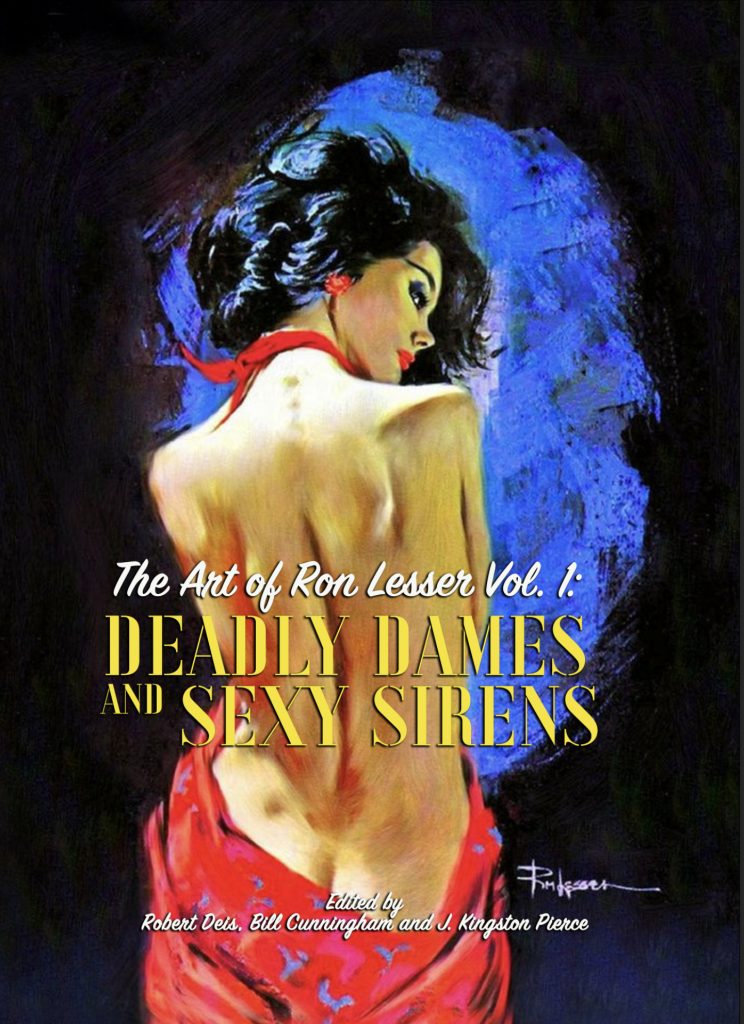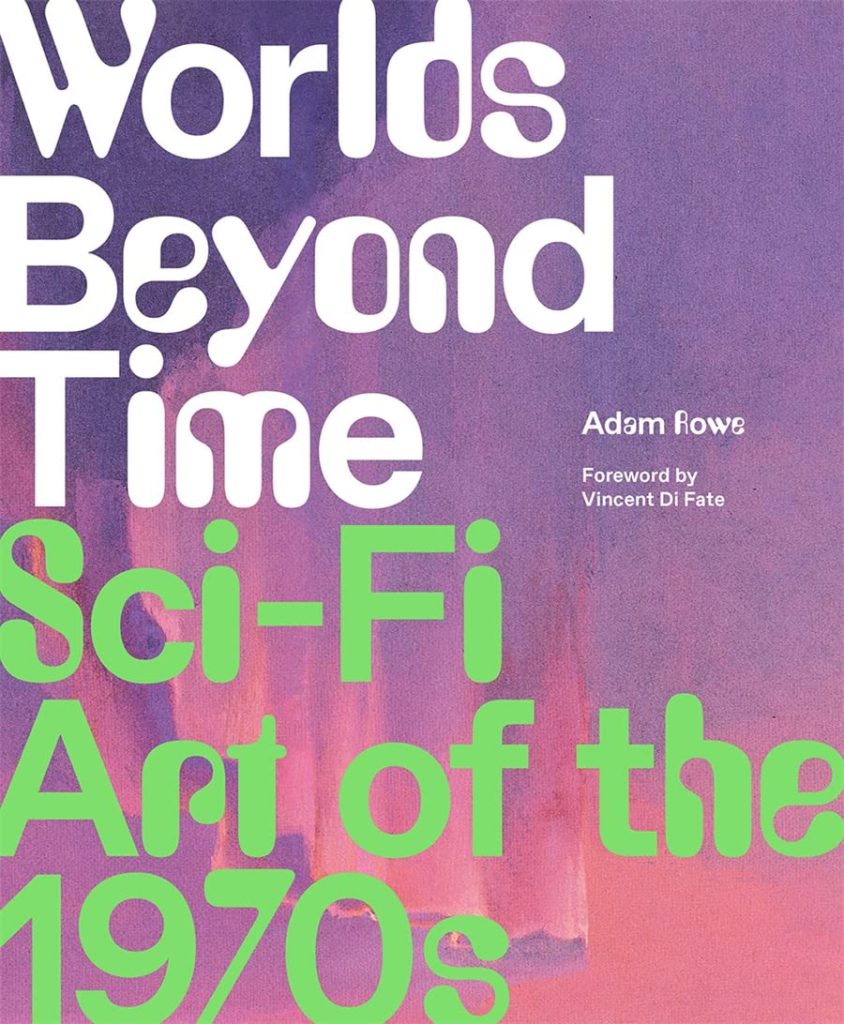Yes, it’s been a while since my last post, and during this time a few pulp and popular fiction related studies have come across my radar that I’m very keen to let Pulp Curry readers know about.
The first is of these is The Trials of Hank Janson by Steve Holland. If you are not familiar with Steve’s work then you need to rectify that and a good way to do this is to visit his site Bear Alley, where you will find a wealth of writing about British comics and pulp fiction. The second step is to pick up a copy of The Trials of Hank Janson, a slightly expanded reissue of a book originally published by Holland in 2004, when it shortlisted for the prestigious Gold Dagger Award by the UK Crime Writers’ Association.
Janson was one of the most successful British pulp writers of the 1940s and early 1950s. His books during this time were violent faux American crime tales in a similar vein to the work of James Hadley Chase and Australia’s Carter Brown: gritty gangster tales, full of American slang and detail, set in large American cities such as Chicago or New York. In the UK context, these books were part of a much larger wave of faux American crime fiction that swept the country in the postwar period (a trend which I wrote about for US site CrimeReads here). This was influenced by American pulp magazines that found their way to the UK before the war, as well as the work of writers like Dashiell Hammett, Raymond Chandler, Horace McCoy and W. R. Burnett.
A pseudonym for English author Stephen Daniel Frances, Hank Janson was both the name on the cover of the books and of the character between them, a tough Chicago reporter who faced down various malevolent criminal threats across the breadth of America. Holland writes: ‘Eight million copies of his novels sold to an audience that vicariously shared every kiss and every killing. 100,000 copies of each new novel thundered off the presses every six weeks into the hands of a voracious public.’ Notably, this was despite strict paper rationing in place in the UK at the time.
In early 1954 his work was dubbed obscene by the powers that be, in no small part to their incredibly lurid sexualised covers. His publisher and distributor were hauled before the courts and a warrant was issue for the author’s arrest. This was part of a much wider cracker down that on popular print material such as comics and pulp, that occurred in many countries in the 1950s, including Australia, as authorities wrestled with social and sexual undercurrents unleashed by WWII and the rise of teenagers and a major social force. Holland chronicled the UK iteration of this moral panic in his excellent 1993 book, The Mushroom Jungle: A History of Postwar Paperback Publishing.
While Janson was eventually found not guilty of peddling obscene material, he was attacked in the British parliament, banned in Northern Ireland, and newsagents that stocked his books were persecuted by the police. Although it did not stop him writing – his books continued to be published until the late 1960s (he died in 1989) – the experience left him incredibly bitter. Holland’s book is part biography, informed by correspondence with Frances while he was still alive, and part appreciation of France’s work. It is jam packed with solid research and fascinating detail about the author’s life and career and the wider context of midcentury British pulp publishing. It also includes a detailed bibliography of the author’s work as Frances and under the Janson and other names.
In stark contrast with the efforts made to chronicle the lives of literary figures, there are very few detailed biographies of pulp writers that I am aware of. There are lots of reasons for this: critical disdain of pulp as a genre; the lack of relevant research materials held by libraries; and the fact that these authors were often working so fast and so hard to scratch out a living that they didn’t have time to commit their thoughts to a diary or to think about what future generations might make of their work. The lucky ones had people like Holland to help them put together the detail of their lives on paper. And for that we should be very grateful.
Next up is The Art of Ron Lesser Vol 1: Deadly Dames and Sexy Sirens, edited by Robert Deis, Bill Cunningham and J. Kingston Pierce. Regular readers of this site will be familiar with Robert Deis as the man, along with New Texture publisher Wyatt Doyle, behind a seemingly never ending series of excellent books based on various aspects of the men’s adventure magazines (MAMs). These magazines proliferated on the newsstands of midcentury America in the 1950s and 1960s, when the format was at its height, and they continued to be published until well into the 1970s before dying out. Titles such as Men, Stag and Swank, these publications combined hard hitting fiction with over the top ‘non-fiction’ exposes of various mid-century obsessions, such as sex in suburbia, white slavery, black magic, crime, out of control youth, etc, and contained lavish, highly sexualised illustrations.
I have reviewed a number of the Deis/Doyle books previously on Pulp Curry (see here, here, here and here). With Cunningham, Deis coedits Men’s Adventure Quarterly, a wonderful magazine devoted to other aspects of the MAM phenomena but also reaching into related pulp and popular culture more generally. You may not be familiar with Pierce but you should be, as he is the person behind the long running site devoted to all things crime fiction, The Rap Sheet, and the equally comprehensive site devoted to pulp cover art, Killer Covers.
The Art of Ron Lesser Vol 1: Deadly Dames and Sexy Sirens looks at the career of one of the giants of postwar pulp illustration and a man who is still alive and painting. The paperback covers he did for the Gold Medal editions of John D MacDonald’s novels and Dell’s Johnny Liddell series, are probably his best known work. But he contributed many other paperback covers, as well as movie posters and magazines. The Art of Ron Lesser Vol 1: Deadly Dames and Sexy Sirens not only beatifically showcases some of Lesser’s stunning artwork, it executes a deep dive into the mechanics of his career and the economic and cultural forces that influenced it. There is a detailed interview with Lesser conducted by Pierce. The book also sheds some much welcome light shed on the people who were vital to the appeal of pulp paperback cover art but who have until recently been erased from its history, the cover models, including Lesser’s wife, Claudia Lesser, and Elaine Reynolds and Lisa Karen.
Moving away from what is strictly speaking pulp fiction is the last book I want to touch on, Australian author Adam Rowe’s simply sumptuous Worlds Beyond Time: Sci-Fi Art of the 1970s. I have been waiting for this book for years and, full disclosure, corresponded with the author about some of the challenges he was facing with it. It is an ambitious work and, to be frank, I sometimes wondered whether he would pull it off. Thank Christ he did.
Of the three books discussed in this post, this is the one I have spent the least amount of time with. This is because, much like one of the wonderfully illustrated abandoned space crafts that adorn the pages of Rowe’s book, the copy I ordered months ago took ages to get to me, then was lost and had to be replaced, before eventually arriving.
In many respects, Rowe’s book picks up from where Dangerous Visions and New Worlds: Radical Science Fiction, 1950-1985, the 2021 book I co-edited with my friend Iain McIntyre, left off. While our book featured a wealth of book covers over the period in question, we did not go into detail about the art of the artists. Rowe takes this aspect and really elevates it to the next level. His knowledge of the area is first class, he examines the artists and reproduces an absolute treasure trove of science fiction illustration from magazines, books and comics, ordering much of the visual material along thematic lines with an explanation of the artistic, genre and social forces that made shaped the tropes concerned.
This means that the book includes a section on what is without doubt my favourite current of 1970s science fiction art, skeletons in space suits. But there are so many others: images reflected in space helmets, cats in space, underwater science fiction, canals on Mars, etc. Quite simply, if you get it, you get it and, if you get it, then you need to buy this book.
I have no doubt that Worlds Beyond Time: Sci-Fi Art of the 1970s will in the not too distant future be one of those publications that become a rare collector’s item fetching a fortune online, and people will kick themselves for not getting it when they had the chance. Don’t be one of those people, pick up your copy.






















